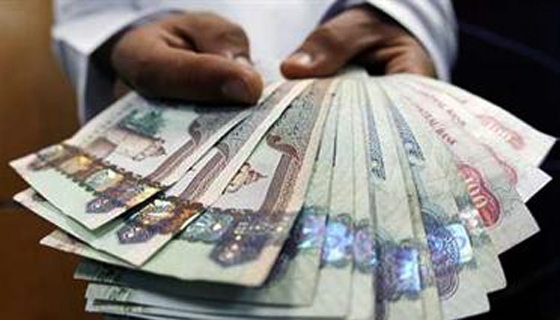allow it to record another large fiscal surplus in 2013, a Saudi bank has said.
A sharp rise in oil prices and high crude output by the UAE in 2012 boosted the surplus in its consolidated financial account (CFA) to one of its highest levels of around 9.3 per cent from nearly three per cent in 2011 and deficits in the previous two years, the Saudi American Bank (Samba) said in a study.
It noted that the UAE sharply boosted public spending in the wake of the 2008 global financial distress and it increased further in 2011 as social spending, including wages and capital projects, was ramped up in response to the ‘Arab Spring’.
But it added that since then, there has been a consolidation in spending, while revenues have expanded in line with “stronger oil prices and production.”
Citing IMF estimates, the report said breakeven oil prices for the UAE to balance its budget jumped from $23.4 a barrel in 2008 to $92.4 in 2011, but has since dropped back below $80 in 2012, and is projected to fall below $70 through 2013-2014.
“Our own calculations are somewhat higher, but remain well below our projected oil prices ($107 in 2013, $101 in 2012).
“We thus continue to expect that the UAE will run healthy fiscal surpluses of around six percent a year.”
Samba did not specify the size of the UAE’s fiscal balance in 2012 but in 2011, the CFA, covering the federal budget and spending by each emirate, recorded a surplus of Dh71.5 billion although public expenditure remained at one of its highest levels.
The UAE, the second largest Arab economy, suffered from a CFA deficit of around Dh29.5 billion in 2010 due to lower oil prices and a sharp rise in spending within fiscal stimulus measures adopted by the government in the wake of the 2008 crisis.
High crude prices along with an increase in non-oil export earnings pushed up the UAE’s total budget revenues by 12.5 per cent to their highest level of Dh494.4 billion in 2012, according to the Washington-based International Monetary Fund.
Emirates 24/7
1 October

























































